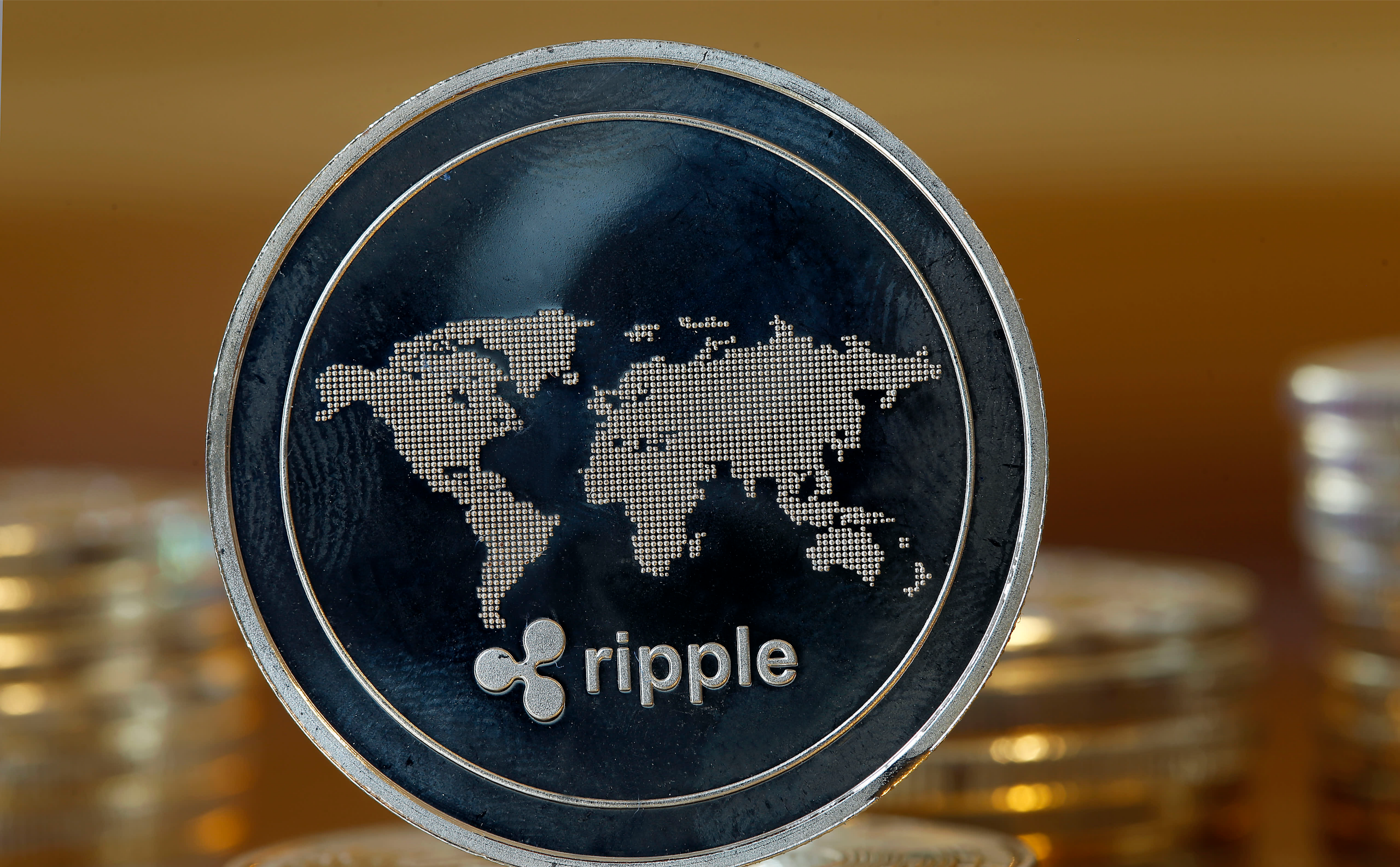Ripple is a blockchain-based digital payment network and protocol that aims to revolutionize cross-border transactions. At the heart of Ripple’s ecosystem is its native cryptocurrency, XRP. Let’s dive into the details of Ripple and explore how XRP is used in the financial services space.
The term “Ripple XRP” can refer to two things: a fintech company and a digital asset. It’s important to distinguish between the two to understand the bigger picture.
Ripple the Company
Ripple Labs, often shortened to just Ripple, is a financial technology company. Their focus is building global payment systems for financial institutions. Their goal is to make international transactions faster, cheaper, and more secure.
XRP, the Digital Asset
XRP is a cryptocurrency associated with Ripple. It’s the native asset of the XRP Ledger, a blockchain network developed by Ripple. While Ripple the company provides the technology for financial institutions, XRP is the digital asset that can be used for various purposes, including sending and receiving payments.
Thinking of it this way: Ripple builds the rails for international payments, and XRP is the fuel that runs on those rails. However, it’s important to note that XRP is independent and anyone can use it, not just Ripple clients.
Ripple vs. SEC Lawsuit
A significant event impacting Ripple is the ongoing lawsuit by the U.S. Securities and Exchange Commission (SEC). The SEC alleges that XRP is an unregistered security. This lawsuit has caused uncertainty in the market, impacting the price of XRP.
Ripple’s Core Focus
- Payment Settlement and Remittance System: Ripple’s primary focus is to serve as a payment settlement asset exchange and remittance system. It operates similarly to the SWIFT system used by banks and financial intermediaries for international money transfers and security settlements across different currencies.
- Fast and Scalable Transactions: XRP powers the XRP Ledger (XRPL), a blockchain technology designed for rapid and scalable cross-border transactions. Transactions settle on the XRPL in just 3-5 seconds, making it one of the fastest solutions in the cryptocurrency space.
- Low Transaction Fees: XRP transaction fees are incredibly low, averaging around $0.0002 per transaction. This affordability makes it an attractive choice for individuals and institutions alike.
- Stability and Sustainability: The XRP Ledger has been operational since 2012, with over 80 million closed ledgers. Additionally, it is 61,000 times more energy-efficient than proof-of-work blockchains, contributing to its sustainability.
Use Cases
- Financial Institutions: Banks and financial institutions use XRP to bridge two currencies, facilitating faster and more affordable cross-border transactions. The ability to settle payments in local currency on both sides of a transaction within seconds is a game-changer for global finance.
- Individuals: XRP serves as an accessible alternative to traditional banking. Individuals can use it to move different currencies across borders efficiently.
- Developers: The XRP Ledger’s open-source foundation allows developers to build powerful applications without harming the environment. The ledger can handle up to 3,400 transactions per second, making it scalable for various use cases.
Central Bank Digital Currencies (CBDCs)
Ripple’s technology extends beyond XRP. Central Banks can use a private version of the public XRP Ledger to issue and manage digital currencies securely. This approach provides a sustainable and controlled solution for CBDCs.
The Future of Ripple (XRP): Insights for 2024 and Beyond
Ripple (XRP) has been a prominent player in the cryptocurrency market for over a decade. Created by Ripple Labs, XRP is more than just a cryptocurrency—it’s an ambitious project aimed at transforming how money is moved worldwide. Let’s explore the future of Ripple and what lies ahead for XRP.
XRP’s Price History
XRP’s journey has been marked by incredible highs, steep falls, and long periods of steady decline. After launching its token in 2013, XRP saw little significant price action until the bull run of 2017. Listings on popular exchanges played a crucial role in driving the coin’s considerable price rises.
In 2018, Ripple’s xRapid product ushered in a new era for XRP, aiming to revolutionize money transfer within the banking system. The market responded phenomenally, with XRP skyrocketing by as much as 1820%. From a humble $0.2, XRP soared to an all-time high of $3.84. However, this jubilation was short-lived, as the cryptocurrency fell by 93% in a matter of months, highlighting the volatile nature of the crypto world.
Possible Outcomes for XRP
Looking ahead, several factors will shape XRP’s future:
Legal Battles: XRP’s legal battle with the SEC remains a critical factor. Depending on the outcome, the token’s price could either skyrocket to $5 or more or plummet far below its current price of $0.36 per token.
Real-World Utility: Ripple’s focus on real-world utility and compliance will play a significant role. Collaborations between traditional finance and crypto could enhance XRP’s usability and adoption.
Market Trends: The broader crypto industry’s trends will impact XRP. As the market evolves, XRP’s position may shift, affecting its value and investor sentiment.
Conclusion
Ripple and XRP continue to play a significant role in transforming global payments. With its lightning-fast transactions, low fees, and commitment to sustainability, XRP remains a powerful force in the cryptocurrency landscape. Whether you’re a financial institution, developer, or individual, exploring the power of XRP and the XRP Ledger can lead to exciting innovations in the world of finance.







